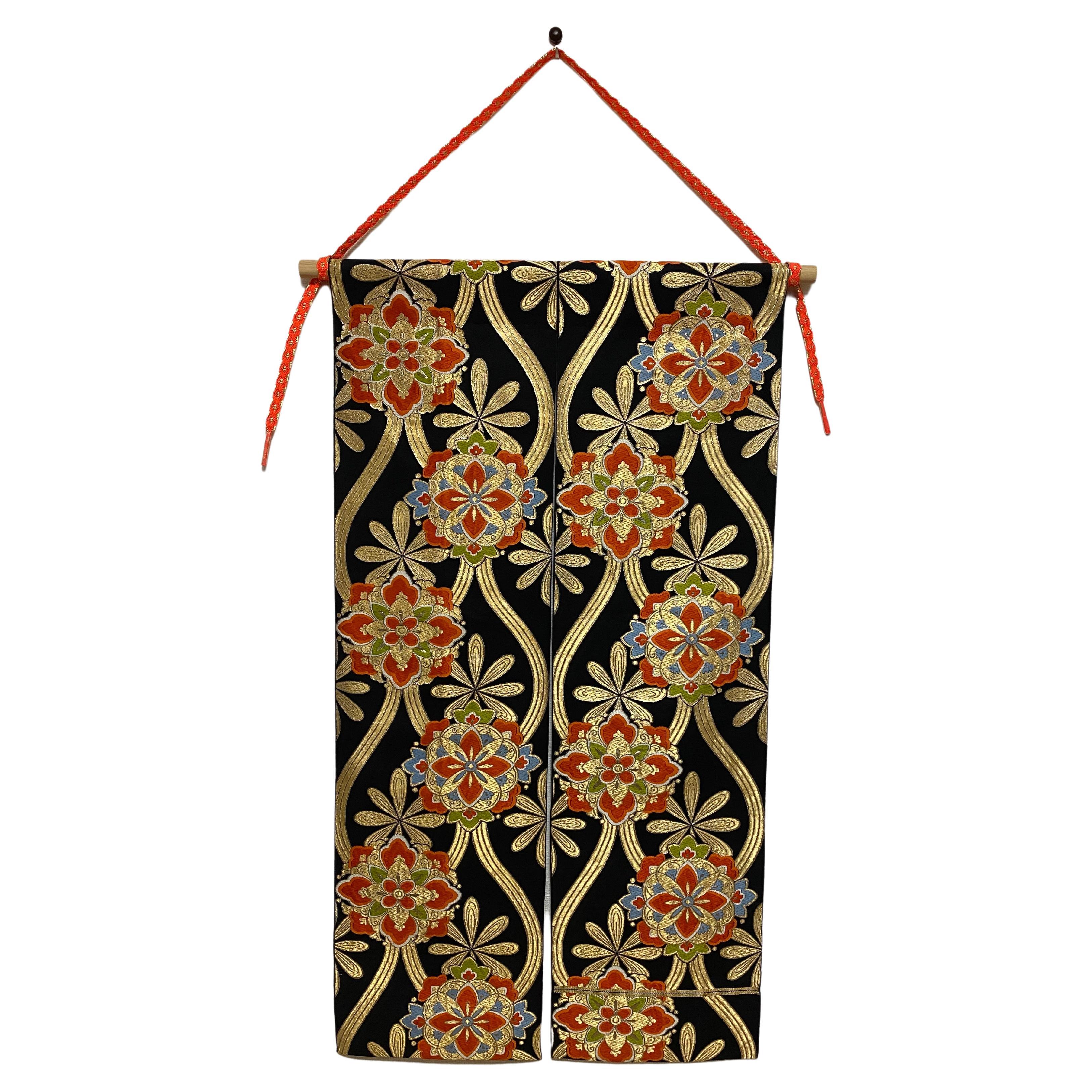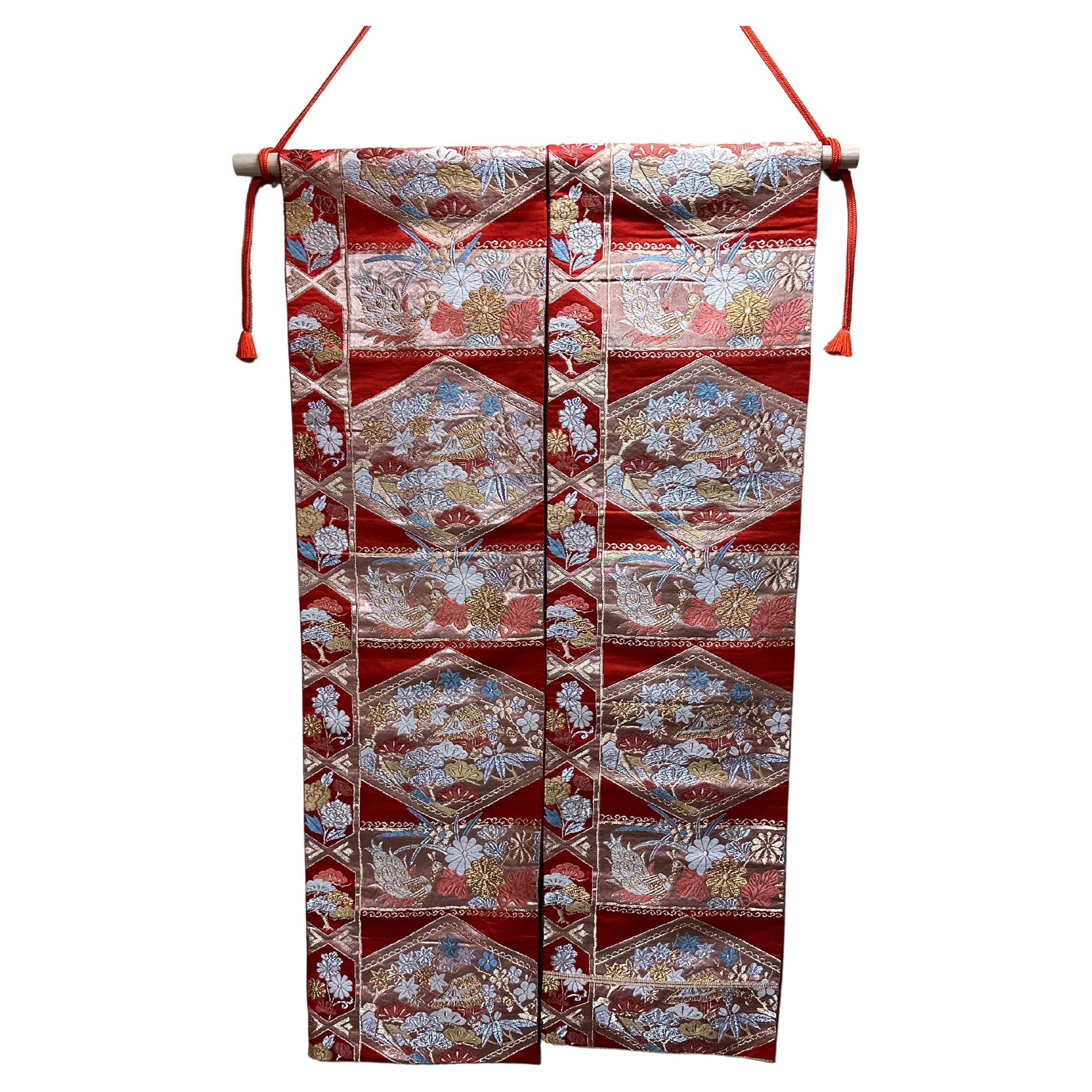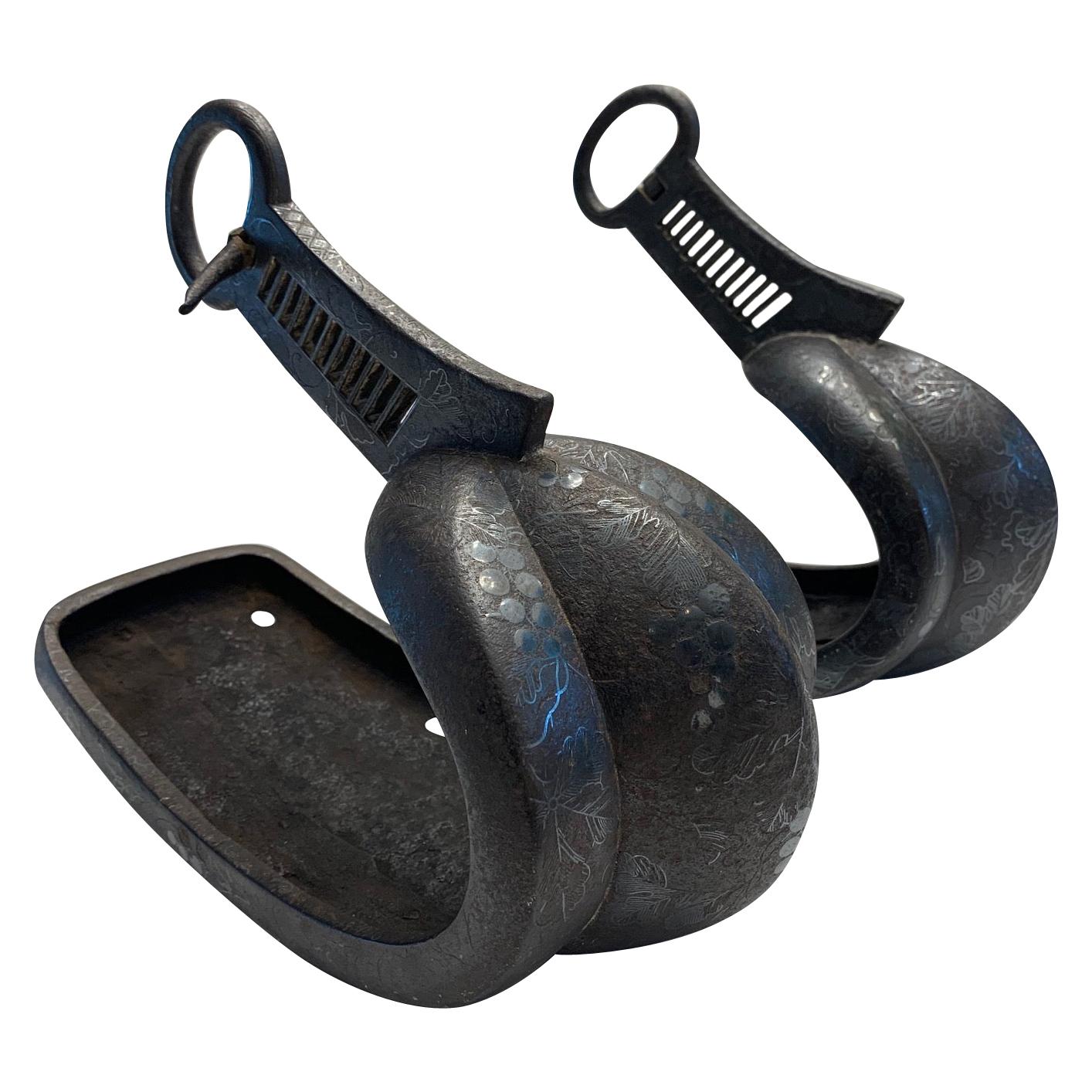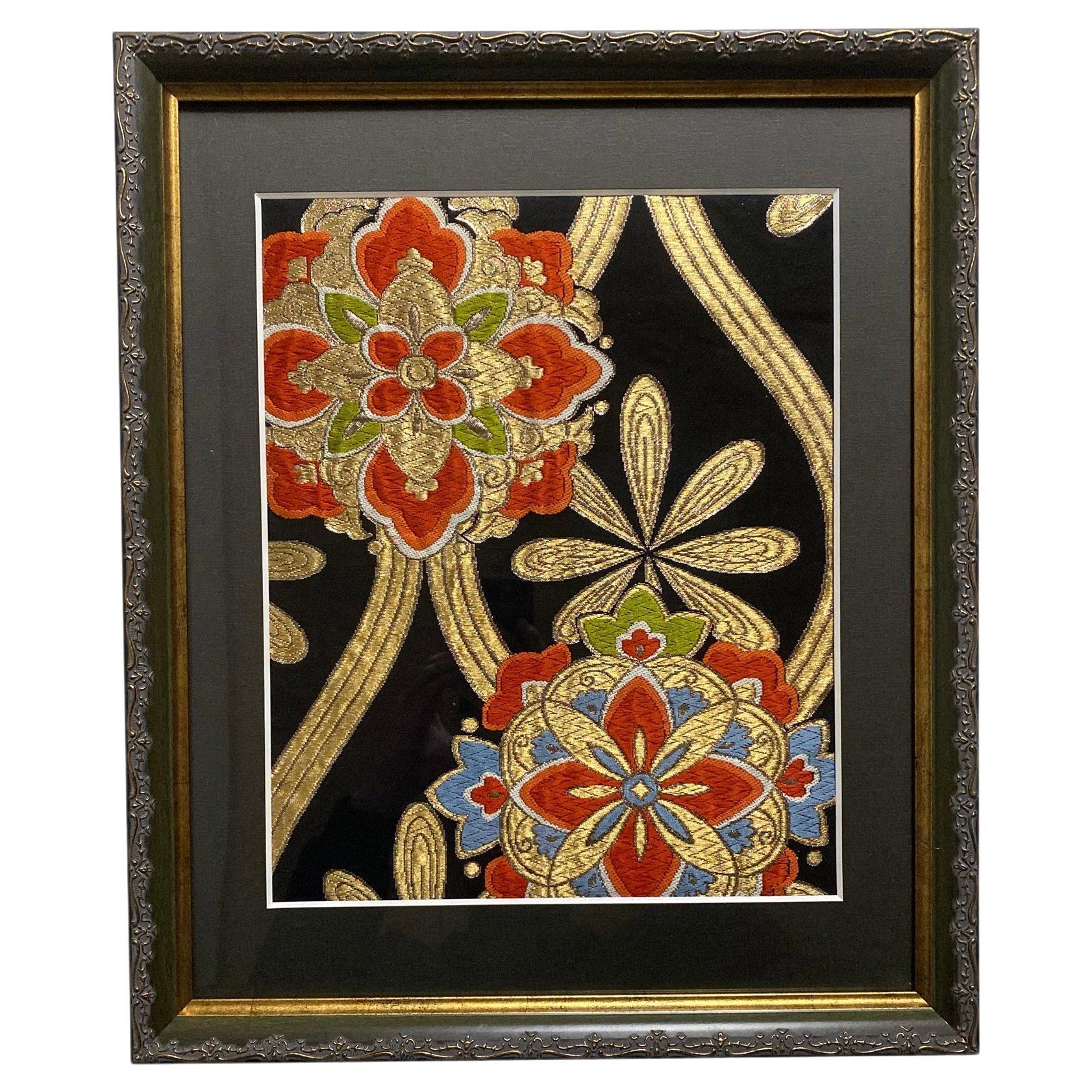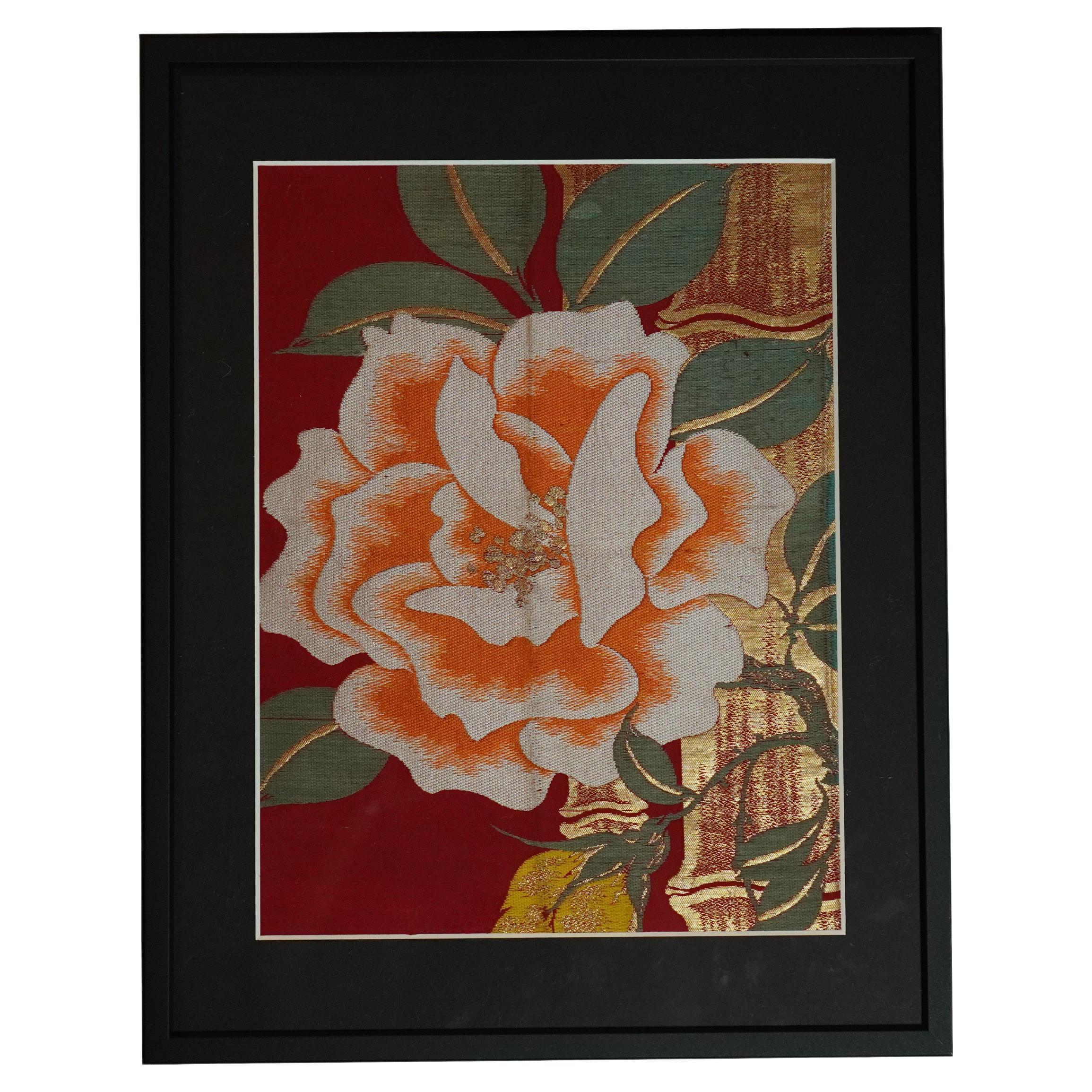Items Similar to Japanese Decorative Art Openwork Iron Partition
Want more images or videos?
Request additional images or videos from the seller
Japanese Decorative Art Openwork Iron Partition
About the Item
Superb iron partition playing transparency representing a gallant scene of Geishas during the tea ceremony, one of which is playing the shamisen like Japanese prints and serving as a room divider, note that this grid is double face. Remarkable work of ironwork. Dimension: height 255 cm for a length of 355 cm.
Additional information:
Material: Metal & wrought iron
Style: 1930s art deco.
- Dimensions:Height: 100.4 in (255 cm)Width: 139.77 in (355 cm)Depth: 1.58 in (4 cm)
- Style:Art Deco (In the Style Of)
- Materials and Techniques:
- Place of Origin:
- Period:
- Date of Manufacture:XXth
- Condition:
- Seller Location:Marseille, FR
- Reference Number:
About the Seller
4.3
Vetted Seller
These experienced sellers undergo a comprehensive evaluation by our team of in-house experts.
Established in 1999
1stDibs seller since 2018
69 sales on 1stDibs
Typical response time: 19 hours
- ShippingRetrieving quote...Ships From: Marseille, France
- Return PolicyA return for this item may be initiated within 14 days of delivery.
More From This SellerView All
- Japanese Bronze Incense Burner 19th Century Dragon CharacterLocated in Marseille, FRJapanese bronze incense burner measuring 53 cm in height, width 29 cm and a depth of 25 cm for important figures, a dragon vase decorate...Category
Antique 19th Century More Asian Art, Objects and Furniture
MaterialsBronze
- Japanese Inro with 4 Boxes in Gold Lacquer with Mat Kinji BackgroundLocated in Marseille, FR19th century Japanese inro with 4 boxes in gold lacquer with kinji mat background decorated in taka makiyé of gold of different tones. Lacquered wood siz...Category
Antique 19th Century Japanese Japonisme More Asian Art, Objects and Furn...
MaterialsGiltwood
- Chinese Pot XIXth Enamelled MetalLocated in Marseille, FRChinese old enameled metal pot. Dimension height 7 cm for a diameter of 8 cm. Additional information: Material: Copper & brass.Category
Antique 19th Century Chinese More Asian Art, Objects and Furniture
MaterialsMetal
- Incense Burner in Satsuma EarthenwareLocated in Marseille, FRJAPAN - Circa 1900 Incense burner in Satsuma earthenware with vegetal decoration. Openwork lid in shibuichi surmounted by a flower in slight relief...Category
Antique 19th Century Japanese More Asian Art, Objects and Furniture
MaterialsEarthenware
- Solid Silver Handbag, Late 19th CenturyLocated in Marseille, FRSolid silver handbag, late 19th century, weighing 218 grams. Size 14 cm by 14 cm. Chain length 34 cm. Additional information: Material: Argent.Category
Antique Late 19th Century More Asian Art, Objects and Furniture
MaterialsSilver
- Inro in 19th Century Pine WoodLocated in Marseille, FRInro in 19th century Japanese pine wood decorated with hen and rooster. Dimension 11 cm in length for 8 cm in height and 5 cm in depth in its center. Additional information: Mate...Category
Antique 19th Century More Asian Art, Objects and Furniture
MaterialsWood
You May Also Like
- Japanese Art / Kimono Art - Seasonal Flowers -Located in Shibuya City, TokyoJapanese Kimono Art by Kimono-Couture Title:Seasonal Flowers This Japanese Kimono Art is a one-of-a-kind wall art, painstakingly created by Japanese craftsmen. The bright pink color of this wall art is made from silk fabric, and the beautiful flowers of the Four Seasons are painted on the fabric. The beauty of the artwork can be appreciated by holding it in one's hands. The point we especially want to convey is the language of plum blossoms. Because of its dignified appearance in full bloom, the plum tree has long been loved in Japan for its meaning of elegance and integrity. The cool silver plum blossoms on a bright pink background give the impression of elegance and integrity. By decorating your room with this Kimono Art, you can experience the Japanese Four...Category
21st Century and Contemporary Japanese Contemporary Art
MaterialsSilk
- Japanese Art / Kimono Art, Tate-Waku(立涌)Located in Shibuya City, Tokyo"TATE-WAKU" by Kimono-Couture *Japanese Kimono Art *Handmade by Kimono-Couture *One-of-a-kind Japanese Art This wonderful Japanese Art, made of venerable kimono obi...Category
21st Century and Contemporary Japanese Tapestries
MaterialsSilk, Thread
- Japanese Kimono Art / Tapestry, LongevityLocated in Shibuya City, TokyoThis orange silk-based obi is decorated with a tortoiseshell l pattern. The tortoiseshell pattern was handed down from China during the Asuka period in Japan. During the Heian period , only aristocrats were allowed to use the pattern, and the general public could not even see it. Therefore, the tortoiseshell pattern is known as a sacred and prestigious pattern. The tortoiseshell pattern is a regular hexagonal pattern, derived from the shell of a turtle. The regular hexagon is said to be the most stable shape in nature, which means ""sturdy and strong. Today, it is also said to be a pattern that brings good luck in money. The tortoiseshell pattern is decorated with pine trees, bamboo, plum blossoms, and flowers of the four seasons such as chrysanthemums, daffodils, autumn leaves, and peonies. In Japan, the pine, bamboo, and plum trees have been a traditional Japanese good-luck charm since around the Edo period Pine trees are as long as 200 to 400 years old, and some are thousands of years old. Pine trees grow in harsh environments where other trees cannot thrive, and they are considered a symbol of vitality and longevity because of their year-round blue foliage. Bamboo is a symbol of prosperity of offspring because it grows straight and straight with new shoots. Because of its nutritional value, the plum tree played the role of a medicine against illness in ancient Japan. When a Japanese emperor fell ill, he ate...Category
21st Century and Contemporary Japanese Tapestries
MaterialsSilk, Thread
- Antique Japanese Iron Stirrups with Silver Inlay SignedLocated in Atlanta, GAA pair of antique Japanese Abumis, stirrup for horse-riding, in cast iron with elaborate silver inlay, circa 16th century Muramachi to Momoyama period. The prototype of Japanese abum...Category
Antique 16th Century Japanese Japonisme Metalwork
MaterialsSilver, Iron
- Japanese Kimono Art / Embroidered Wall Art -TATE WAKU-Located in Shibuya City, TokyoThis wonderful work of art, made of venerable kimono obi, is created by skilled Japanese artisans just for you. The colorful floral patterns and the cu...Category
21st Century and Contemporary Japanese Contemporary Art
MaterialsSilk, Thread
- Japanese Kimono Art / Asian Wall Art, Mother's RoseLocated in Shibuya City, TokyoThis embroidery, using kimono obi woven using traditional Japanese methods, is a striking piece of art with a beautiful rose and golden bamboo. The rose...Category
21st Century and Contemporary Japanese Arts and Crafts Contemporary Art
MaterialsSilk, Thread
Recently Viewed
View AllMore Ways To Browse
Retro Furniture Art
Objects As Art
French Art Deco Art
Art Deco Art Objects
Art Deco Objects
Retro Art Deco Furniture
Vintage Art Materials
French Style Art
French Object Of Art
Japan Decorative
Vintage Iron Art
Iron Art Deco
Midcentury Japanese Art
French Art Deco Iron
Art Deco Face
Openwork Furniture
Mid Century Iron Art
Art Deco Metal Objects

